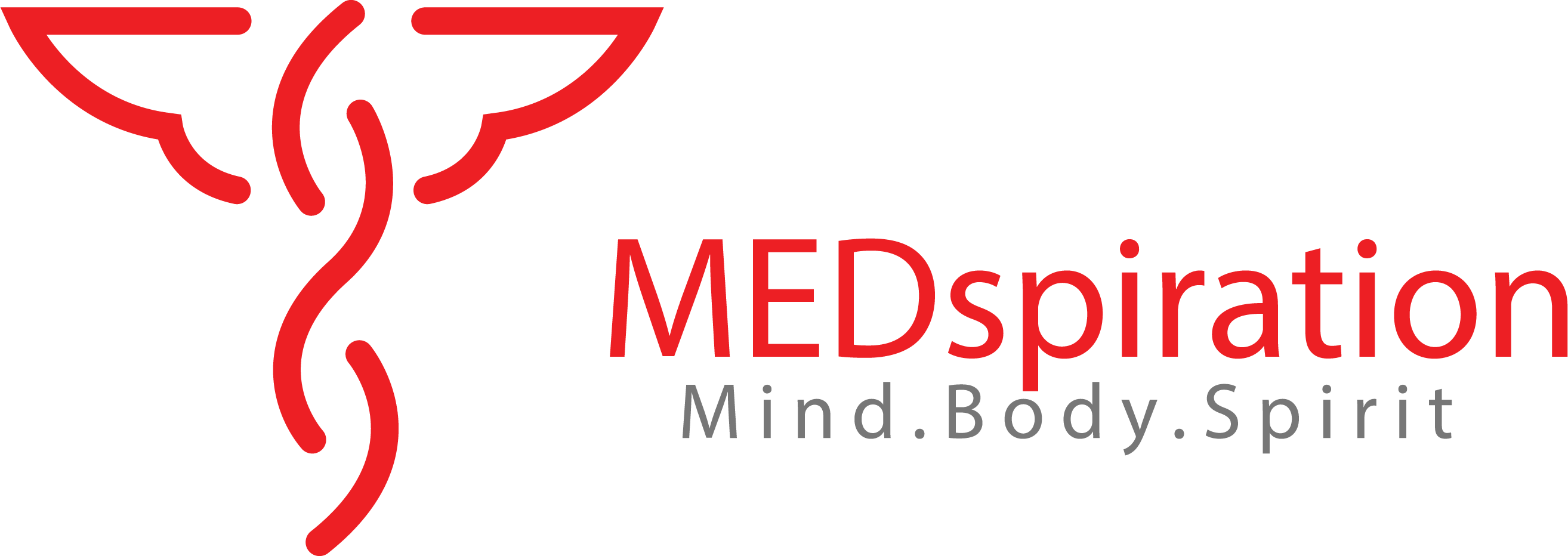Body
How to Improve Knee Health
Take a close look at this simulation of the human knee. Looking inside this knee during flexion gives us an excellent visualization of the Anterior Cruciate Ligament (ACL) and how it connects to the femur, top bone, and the tibia, which is at the bottom. The ACL is among the most frequently studied structures of the human musculoskeletal system and it is considered the primary passive restraint to anterior translation of the tibia with respect to the femur. An ACL tear is a very common and devastating injury, occurring particularly athletes. More than 70% of ACL injuries occur as non-contact. They occur as a result of landing from a jump and lateral cutting maneuvers that may occur in different athletic activities such as basketball, football, and soccer. With the advent of reconstructive surgery using grafts and arthroscopic surgery allowing surgeons to see inside the knee as they work via fiberoptic cameras, and with emphasis on high-quality rehab; this combination can help to explain how athletes like former Minnesota Vikings star running back Adrian Peterson was able to run for more than 2,000 yards in a season, nine months after tearing his ACL. Peterson had his ACL replaced by a graft from his own patellar tendon, which was anchored on both ends by screws. Following rehab, the typical athlete can be cleared to return to sports-specific activities after about six months. We can decrease the occurrence of ligament tears by stretching the muscles in the front and the back of the thighs, learning to land on the balls of the feet when jumping, using strength training to make the muscles firmer, doing range-of-motion exercises to help maintain or increase flexibility, and by doing aerobic or endurance training to improve blood flow and promote weight-loss in order to reduce extra pressure on the knees.
Written by: Navpreet Singh Badesha
©04/27/2018 All Rights Reserved.
Inspired by: Alexander Amir
This research on “Tearing the ACL” was published in the U.S. National Institutes of Health’s National Library of Medicine (NIH/NLM).






